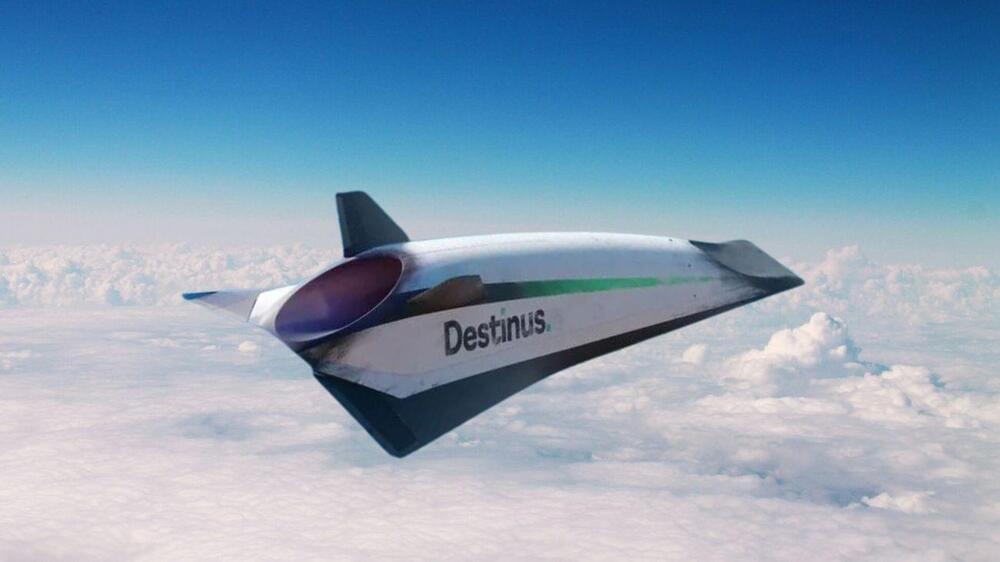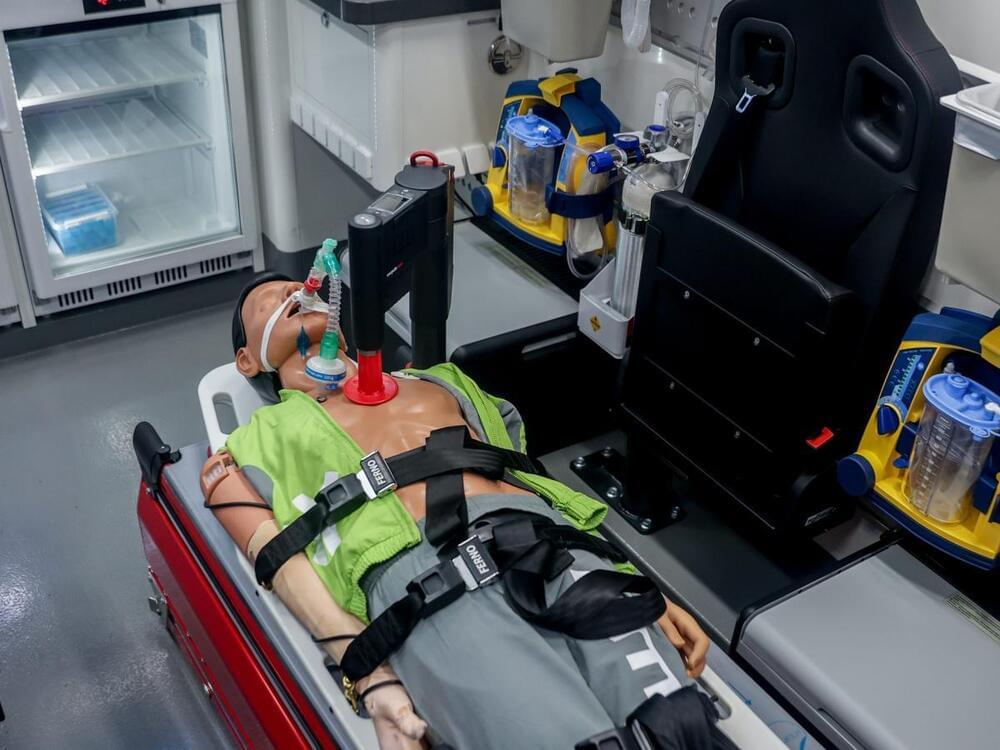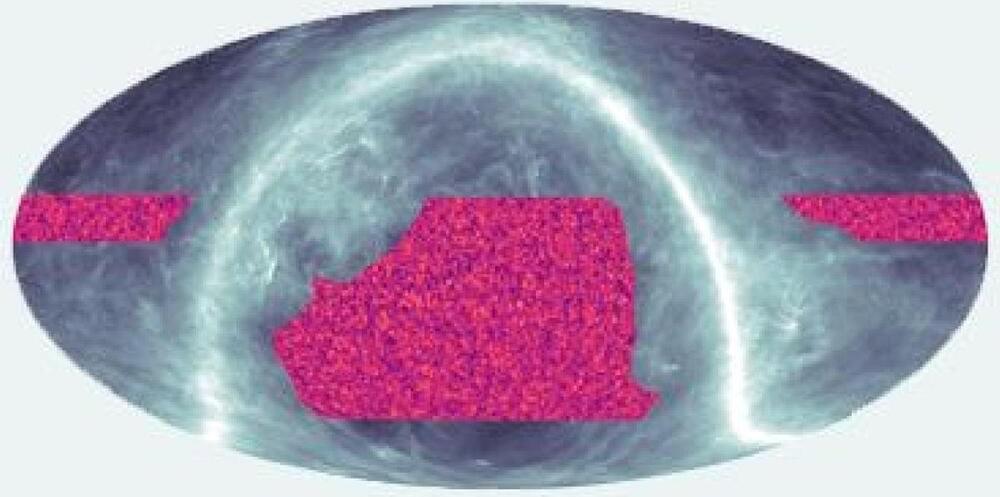If you’re a fan of life on the high seas, this new project will let you travel them year-round in luxe accommodations.
On Tuesday, private residential ship maker Storylines and Croatian shipyard Brodosplit announced they have signed a ship building contract to create what they’re calling the world’s first environmentally conscious residential ship. The 753-foot vessel, dubbed MV Narrative, has begun its engineering phase. The development’s retail value is estimated at $1.5 billion.









